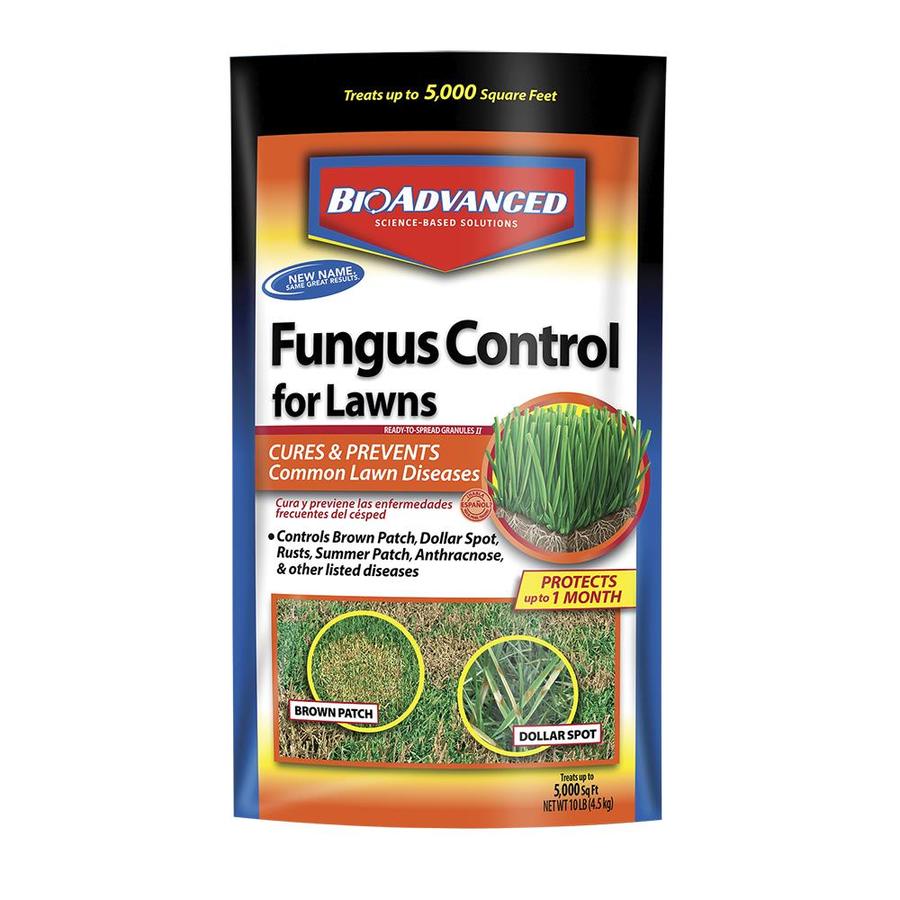Maintaining a healthy, vigorously growing lawn is the best way to prevent a severe disease outbreak in turfgrass. Executing the lawn game plan with optimum amounts of water and fertilizer along side the right mowing regime is a solid start. Not forgetting to aerate and setup for well-drained soil is next level. If any of these factors are missing or in excess, the grass may become stressed and more susceptible to disease. NOT GOOD!
Many common diseases are active only under specific environmental conditions and with some lawn love can be put back on track in a short period of time. The key is taking action quickly when you see it! Getting down an appropriate fungicide might be needed to stop the spread and start to cure the disease. Bagging clippings when mowing will also help to stop the spread. Understanding the disease’s favorable conditions and doing your best to counteract those is going to be necessary. If excess water is a problem… turn off the irrigation, or try to regularly aerate your lawn annually as an example. We cannot control the weather so doing our best to react will keep us on our toes.

Red Thread.
This disease is common under conditions of rising air temperatures 60°–75°F in spring with extended periods of leaf wetness and is likely prevalent where there are low levels of nitrogen in the soil. Red thread is a relatively harmless disease that can be used as a good indicator that it’s time to fertilize the lawn. Cool season grasses like fescue, ryegrass, Kentucky bluegrass, and bentgrass are most susceptible.
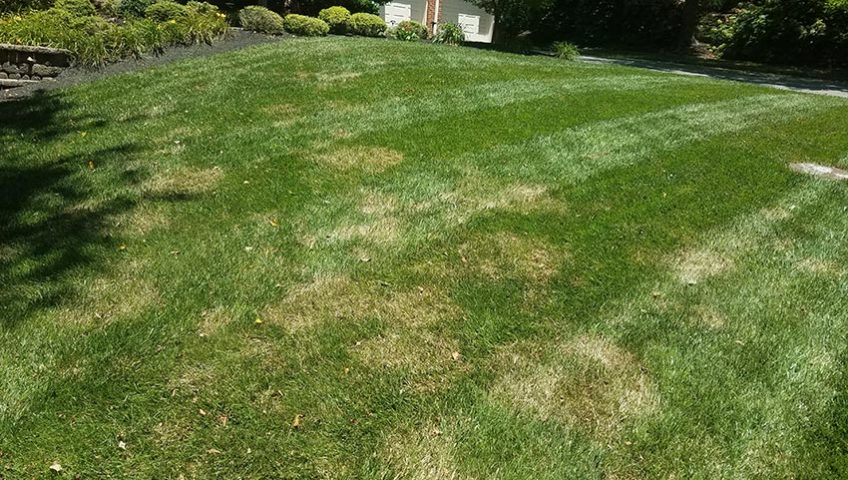
Brown Patch.
Brown patch appears as circular patches in the lawn that are brownish yellow in color and range from 6 inches to several feet in diameter. It affects all cool-season lawn grasses but is especially harmful to ryegrass and tall Fescue. Kentucky bluegrass and fine fescues can occasionally be affected, but the damage is usually minimal in these species. Brown patch also affects a variety of warm season grasses including St. Augustinegrass and Zoysiagrass. Brown patch is most likely to occur during extended periods of heat and humidity when night-time temperatures remain above 68° F.
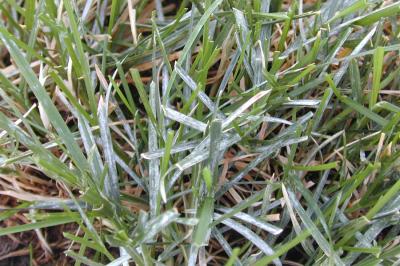
Powdery Mildew
This fungal disease is common to many plants beyond grass even, each with its own species of the disease. Powdery mildew on lawns is most common on cool season grasses, Kentucky bluegrass specifically. Powdery mildew can appear quickly on a lawn, mainly in shady areas and more frequently during cloudy or overcast periods. The presence of powdery mildew is evident by a white dust appearance on the leaf blades.
Grey Leaf Spot
The conditions favoring this disease start with daytime temperatures of 85°–95°F along with high humidity or rainfall. The symptoms as seen in the picture below include irregular blighted patches of turf with bleached spots with dark edges to the spotting on the blades of grass.
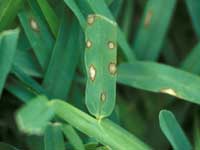
Snow Mold
Will appear in the early spring as the snow melts. There are two types of snow mold. Grey snow mold and pink snow mold. Pink snow mold infects the crown of the plant and can cause more severe injury than gray snow mold which only infects the leaf tissue. Snow mold is caused when there is an extended period of snow cover on the ground that is not completely frozen. Snow mold more easily under leaves that have not been cleaned up before winter or with long grass that should have been mowed once more before winter set in.
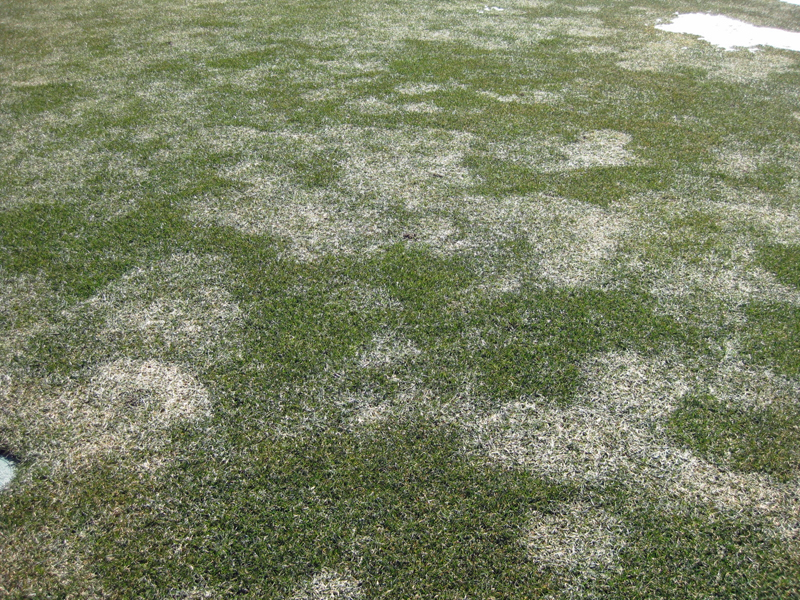
HOW TO TREAT:
This Bayer BioAdvance product can help to stop the spread in a diseased lawn while also aiding in the cure. Additionally, applications to help prevent turf damaging diseases could be necessary if you see favorable disease conditions helping to stop the disease before they become very noticeable. This rainproof formula provides up to 1-month protection against most common lawn diseases including Anthracnose, Brown Patch, Dollar Spot, Fusarium Patch, Powdery Mildew, Red Thread, Rusts, Stripe Smut, Summer Patch, and Snow Mold. VIEW PRODUCT HERE
Don’t forget that disease and fungus are normal parts of maintaining a lawn. You might see these problems every year or every few years depending on where you live in the country. Not your fault, just do what you can to try to maintain it and have fun working on solving the problems!
Continue to amend and manage your lawn ecosystem appropriately with LAWN SERV!

